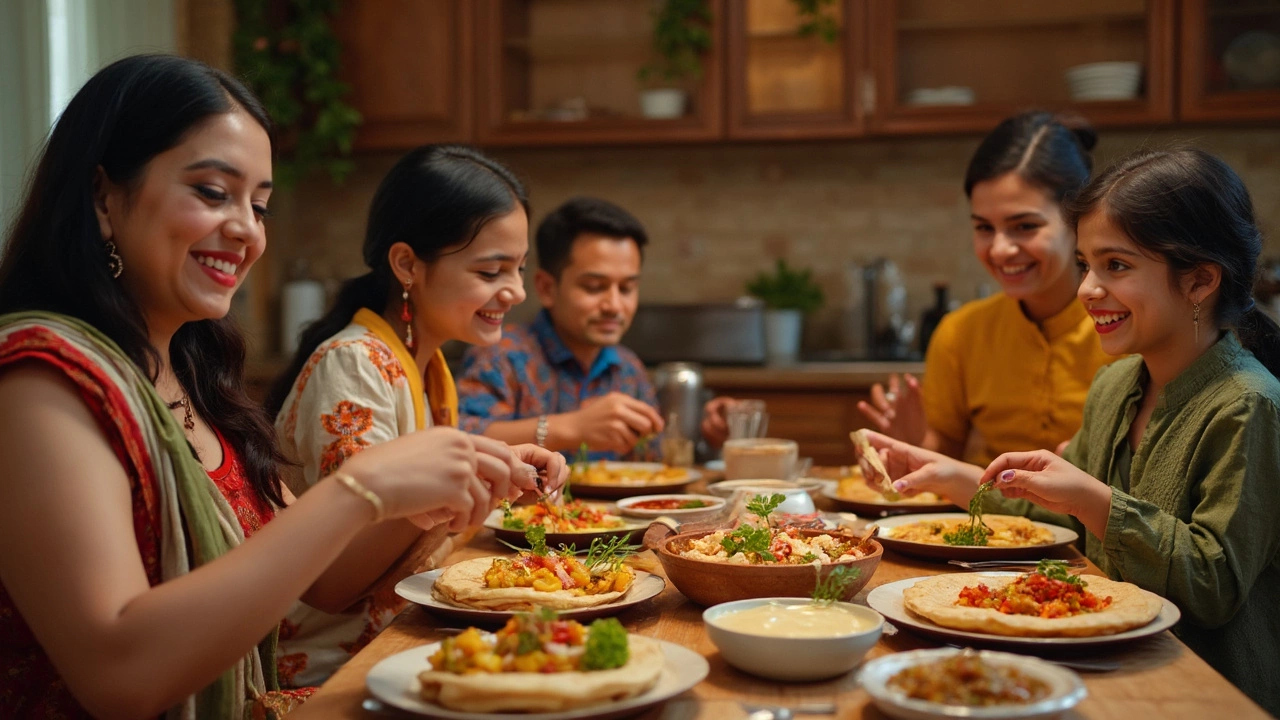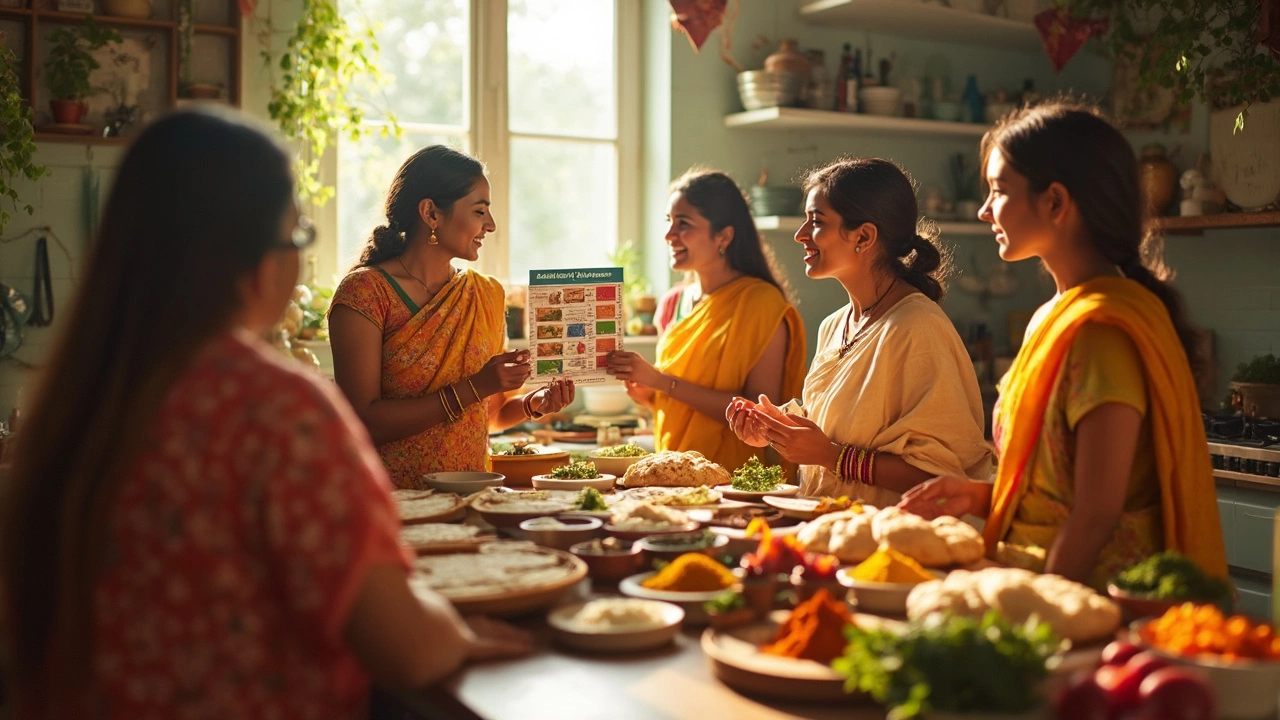Chapati intake: mastering flatbread nutrition and technique
When working with Chapati intake, the amount you eat and how you prepare each flatbread. Also known as chapati consumption, it directly impacts daily carbs, fiber, and satiety levels. Understanding chapati intake means looking at serving size, dough hydration, and cooking method—all of which shape texture and health benefits.
Why chapati and roti often get mixed up
In many kitchens Roti, a round unleavened Indian flatbread similar to chapati is used as a synonym, but subtle differences matter. Roti may be slightly thicker or cooked on a hotter tawa, affecting how much you can comfortably eat in one sitting. When chapatis puff up, they trap air and feel lighter, letting you enjoy a bigger bite without extra calories. So, tracking your chapati intake often means noting whether you’re serving a puffed chapati or a denser roti—both influence how many grams of carbs you actually consume.
Beyond the base flour, two common tweaks change the whole game: adding baking soda, a leavening agent that softens the dough and promotes puffing or mixing oil, a fat that improves pliability and keeps the flatbread from drying out into the dough. Baking soda raises the pH, weakening gluten and letting the chapati expand during cooking—perfect for those who love a fluffy bite. Oil, on the other hand, adds healthy fats and helps the surface stay tender, which can lower the perceived heaviness even if the calorie count rises a bit. Balancing these ingredients lets you control both texture and nutrition, giving you the freedom to adjust your chapati intake to match fitness goals or family preferences.
The posts below dive deep into the practical side of all this. You’ll find troubleshooting steps for flat chapatis that won’t puff, science‑backed reasons to add or skip baking soda, timing tips for oil in the dough, and nutrition breakdowns that show how a single chapati fits into a balanced meal. Whether you’re a beginner looking for soft chapati basics or an experienced cook tweaking the perfect puff, the collection equips you with the why and how of every decision that shapes your chapati intake.

Balancing Your Diet: Ideal Daily Chapati Intake
Finding the right balance in your chapati intake can significantly impact your diet and overall health. This article explores how many chapatis you should eat daily, depending on factors like BMI and total calorie intake, alongside local culinary considerations. By understanding the calories in one roti and using a calorie calculator, individuals can better tailor their diet to their specific needs. Optimize your eating habits and improve your health with this guide.

Chapati Intake Per Day: What’s Best for Your Health?
Deciding how many chapatis to eat daily isn't just a matter of taste—it's about aligning your intake with health goals. Considering factors like BMI, the calorie content of chapatis, and nutritional needs, this guide helps you find the right balance. You'll learn practical tips for managing chapati consumption while maintaining a healthy lifestyle. Dive into the local variations of chapati and how to calculate your perfect intake using calorie calculators.

Counting Calories? Use This Roti Calorie Calculator Today
Curious about how many chapatis you should eat daily to stay healthy? Dive into our guide on using a calorie calculator for rotis, understanding the calories in one roti, and the role of Body Mass Index (BMI) in managing your diet. This article offers a straightforward guide to tracking your calorie intake, tailored to local contexts and the latest diet trends.